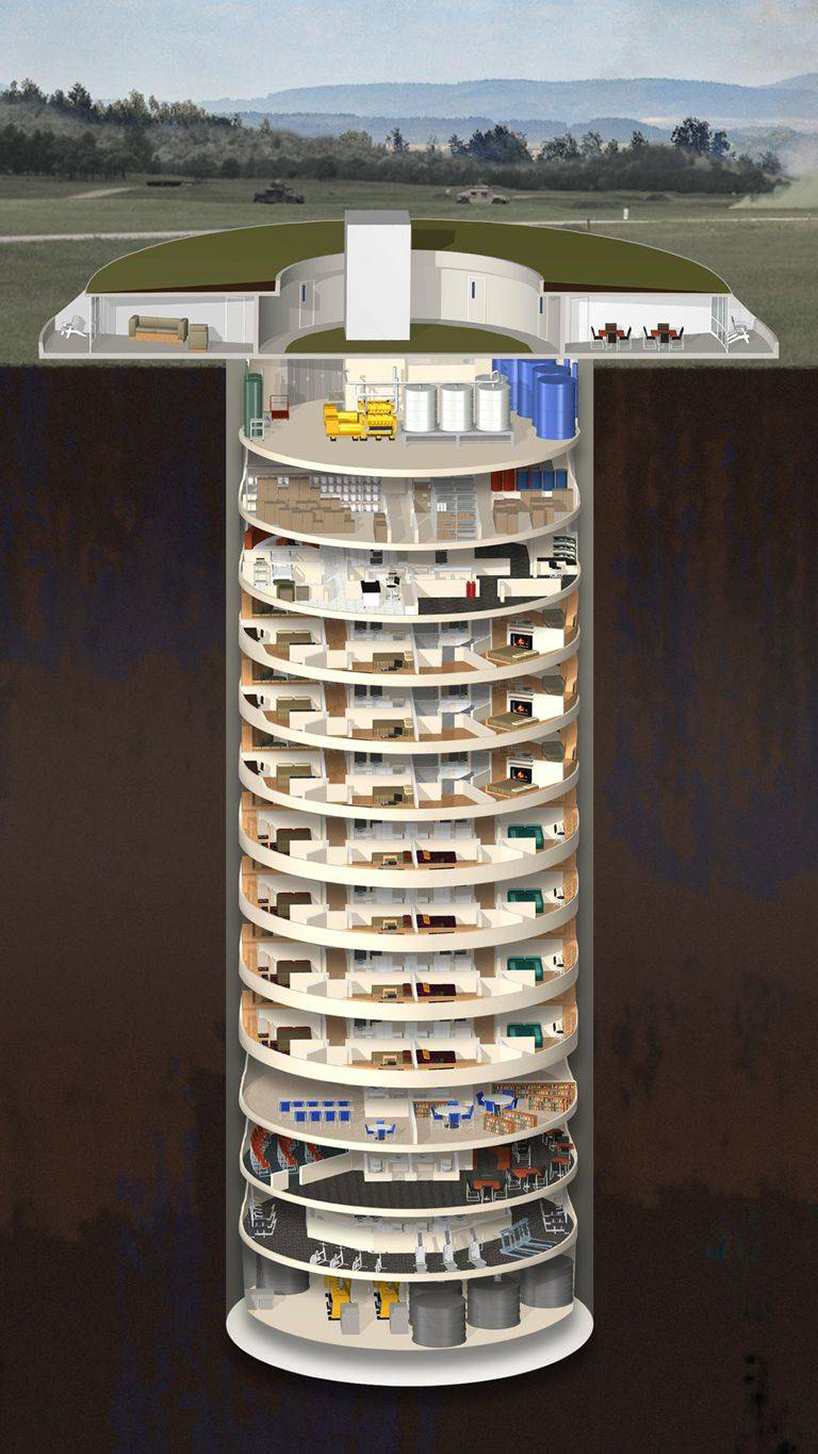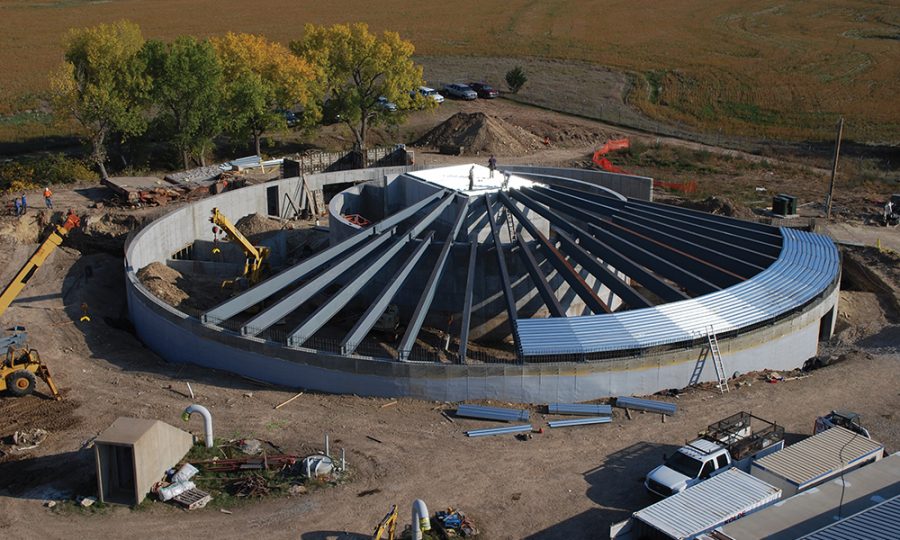

: 206Īs the Kennedy administration took power, the new Secretary of Defense, Robert McNamara, was given the task of making the US military the most powerful in the world while at the same time reducing its expenditures. The Air Force relied on its manned bombers as the primary weapon for attacking hardened targets and saw the ICBM as a survivable deterrent that would guard against an attack on its bomber fleet. This limited these early models to attacks on strategic targets like cities and ports, and the system had little or no capability as a counterforce weapon. Limited accuracy with a circular error probable (CEP) of about 0.6 to 0.8 nautical miles (1.1 to 1.5 km) : 205 and a small warhead of less than 1 megaton meant the system was unable to attack hardened targets like missile silos. Minuteman ĭeployment of the Minuteman ICBM began in 1962, during the Cold War, and proceeded rapidly.

Each carries a 300 kt W87 warhead with about 20 times the power of the bomb dropped on Hiroshima during World War II. Mk21 re-entry vehicles on a Peacekeeper MIRV bus.

The private launch firm Orbital Sciences Corporation has developed the Minotaur IV, a four-stage civilian expendable launch system using old Peacekeeper components. Their advanced W87 warheads were moved to the Minuteman III. withdrawal from the Anti-Ballistic Missile Treaty and the subsequent Russian withdrawal from the START II on 14 June 2002, the last Peacekeeper missile was deactivated on 19 September 2005. Because the Minuteman could carry a single warhead for far less money, the United States agreed to remove the Peacekeeper from their nuclear force in this treaty.ĭespite the U.S. Meanwhile, the United States and the Soviet Union were negotiating the START II treaty, under which ICBMs were allowed to carry only a single warhead each. ICBM to use a cold launch system, and it reached initial operational capability in 1986. The first flight test took place in 1983, which included the successful launch of six inert re-entry vehicles, each hitting pre-planned targets. After considerable debate about the system, in October 1982, President Ronald Reagan announced that 50 of the newly named Peacekeepers would be put into service in existing LGM-30 Minuteman silos, a temporary measure until final basing was decided. President Jimmy Carter ordered initial production in 1979 but was overturned by Congress. Initial development began in 1971, with full-scale development starting in 1974. Ultimately, the only problem that was never completely solved was the issue of basing over its development through the 1970s, MX emerged as a highly accurate, rapid-firing, and quickly retargeted system. To do so, the missiles had to be highly accurate, be based in such a way that enough would survive a nuclear attack, carry a large number of warheads so the survivors would still inflict massive damage, and be able to rapidly re-target so they could be aimed at only those missiles the Soviets had not yet fired. to absorb a sneak attack by the USSR with enough warheads surviving to attack the remaining Soviet missile silos. Studies on the underlying concept started in the 1960s. Disarmament treaties signed after the Peacekeeper's development led to its withdrawal from service in 2005. Initial plans called for building and deploying 100 MX ICBMs, but budgetary concerns limited the final procurement only 50 entered service.

The missile could carry up to twelve Mark 21 reentry vehicles (although treaties limited its actual payload to 10), each armed with a 300- kiloton W87 warhead. The LGM-118 Peacekeeper, originally known as the MX for "Missile, Experimental", was a MIRV-capable intercontinental ballistic missile (ICBM) produced and deployed by the United States from 1985 to 2005.


 0 kommentar(er)
0 kommentar(er)
